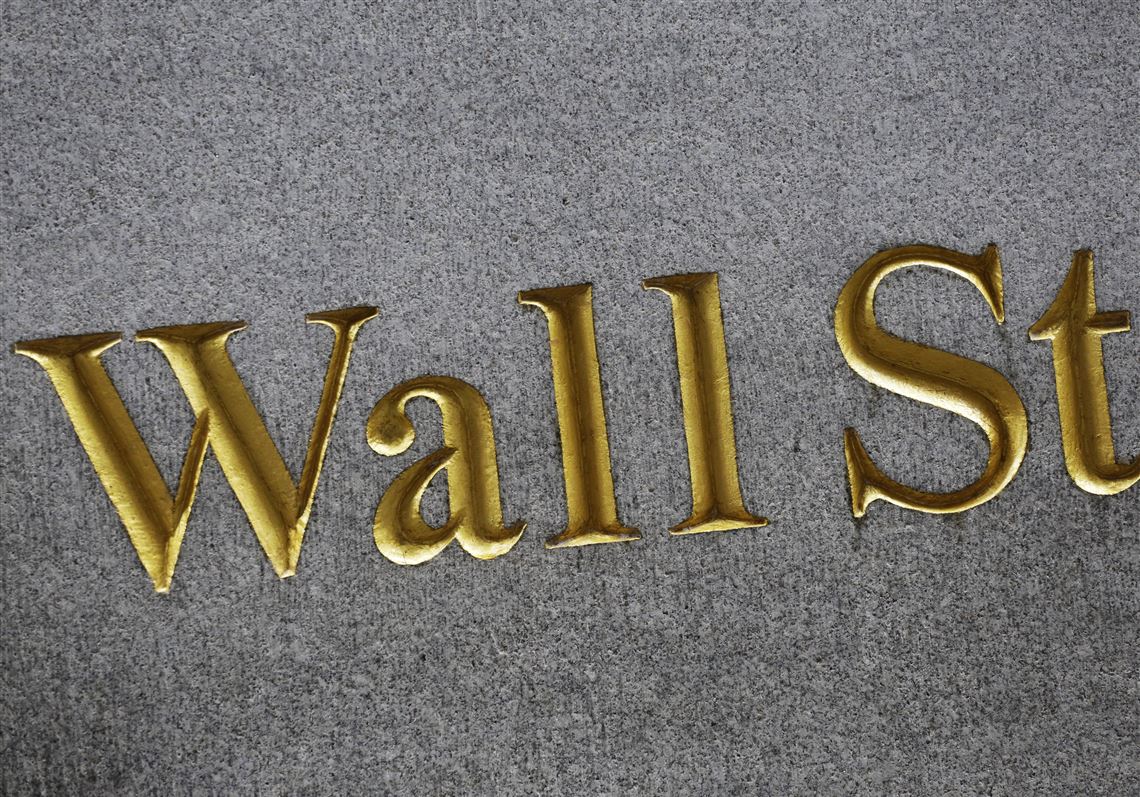NEW YORK (AP) — Stocks posted solid gains on Thursday as investors, comfortable that the Federal Reserve will keep interest rates low, bought up stocks that pay big dividends.
Real estate companies rose as investors looked for income, as did telecom stocks, which also typically pay higher-than-average dividends.
The Dow Jones industrial average rose 98.76 points, or 0.5 percent, to 18,392.46. The Standard & Poor’s 500 index gained 14.06 points, or 0.7 percent, 2,177.18 and the Nasdaq composite climbed 44.34 points, or 0.8 percent, to 5,339.52.
The newly created real estate component of the S&P 500 climbed 1.9 percent, far more than any other sector. The group is made up largely of real estate investment trusts, which enjoy certain tax benefits by paying out much of their income as dividends.
Telecommunications stocks, which also carry a higher-than-average dividend, also rose more than the rest of the market. AT&T rose 54 cents, or 1.3 percent, to $41.11. Verizon Communications rose 48 cents, or 1 percent, to $52.35.
Trading followed a pattern that has become familiar in the last several months. After hesitating or worrying that the Federal Reserve will raise interest rates, investors piled into high-dividend stocks following yet another Fed decision to stand pat on interest rates. The two best performing parts of the S&P 500 this year are utilities and telecoms, up 18 percent and 15 percent respectively.
“It’s another example of the issues facing investors right now, particularly pension funds and retirement funds, that they are all chasing yield in the same places,” said Ian Winer, co-head of equities trading at Wedbush Securities.
Winer said he remains concerned how much more stocks can increase in the short-term, with the U.S. presidential election coming and third-quarter company earnings reports around the corner.
“There’s plenty of data that doesn’t support the market here, but what else are you going to invest in?” he said.
The Federal Reserve kept its key interest rate unchanged Wednesday but signaled it is likely to raise it later this year. The Fed said the U.S. job market has strengthened and economic activity has picked up but business investment is soft and inflation too low. The central bank said risks to its economic outlook are “roughly balanced.”
The Fed’s decision to keep rates low also caused bond prices to rise and the U.S. dollar to fall against other major currencies, which in turn helped boost prices of commodities, which are denominated in dollars.
The yield on the U.S. Treasury 10-year note fell to 1.62 percent from 1.67 percent the day before.
U.S. benchmark crude rose 98 cents to close at $46.32 a barrel, while Brent crude, used to price international oils, gained 82 cents to close at $47.65 a barrel. In other energy commodities, heating oil rose 2.5 cents to $1.45 a gallon, wholesale gasoline rose less than 1 cent to $1.40 a gallon and natural gas fell 7 cents to $2.99 per 1,000 cubic feet.
Energy companies followed oil prices higher. Murphy Oil rose $1.14, or 4.3 percent, to $27.55 and Transocean rose 51 cents, or 5.6 percent, to $9.65.
Other commodities also rose, which helped out materials stocks. In metals, gold climbed $13.30, or 1 percent, to $1,344.70 an ounce, silver rose 33 cents to $20.10 an ounce and copper increased 4 cents to $2.19 a pound.
Freeport-McMoRan, the mining giant, jumped 44 cents, or 4.2 percent, to $10.98.
The dollar edged up to 100.89 yen from 100.51 yen. The euro rose to $1.1204 from $1.1173.
First Published: September 22, 2016, 4:00 a.m.
Updated: September 22, 2016, 8:40 p.m.














